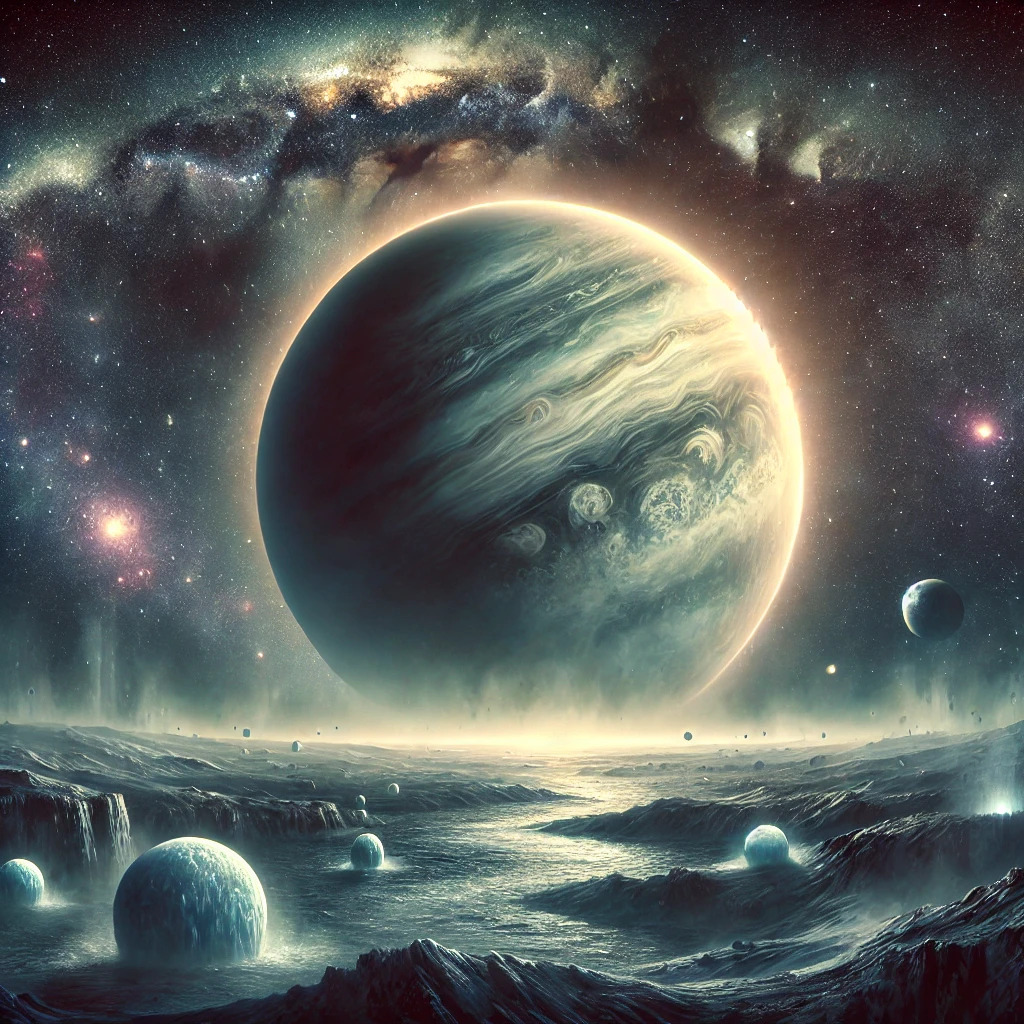The enigma of Planet X, or Planet Nine, has fascinated astronomers, theorists, and the general public for decades. While some may think of Planet X as a mere myth or a conspiracy theory, others believe it could hold the key to understanding the outer reaches of our solar system. This article delves into the origins, theories, and scientific evidence surrounding this elusive planet, which, according to many scientists, could exist beyond the orbit of Neptune.
1. The Origins of the Myth: Nibiru and the Anunnaki
The concept of Planet X is often associated with the ancient Sumerian civilization and their mythological references to Nibiru. According to Zacharia Sitchin, a prominent author of ancient astronaut theory, Nibiru is a planet that orbits the Sun in a highly elliptical orbit, potentially returning to the inner solar system every few thousand years. Sitchin’s theories have sparked significant debate, particularly regarding the connection between Nibiru and the Anunnaki, an ancient race of gods or extraterrestrials that allegedly came from this distant planet.
However, these ideas are largely dismissed by mainstream science as pseudoscience, with no physical evidence to support the existence of Nibiru or the Anunnaki. Yet, the legend of Nibiru continues to intrigue those who explore alternative history and conspiracy theories, often associating it with apocalyptic predictions.
2. The Scientific Search for Planet X
While mythological references to Planet X are intriguing, the scientific search for a ninth planet in our solar system is based on real astronomical observations. In the early 2010s, astronomers Mike Brown and Konstantin Batygin at Caltech presented compelling evidence for the existence of Planet Nine, a massive planet located far beyond the orbit of Pluto. Their research, published in 2016, suggests that the gravitational influence of an unseen planet could explain the unusual orbits of several trans-Neptunian objects in the Kuiper Belt.
The theoretical Planet Nine is believed to be roughly 5 to 10 times the mass of Earth, and its existence could help explain several mysterious features of the outer solar system. The planet’s orbit, however, would be highly elongated, and it would take thousands of years to complete a full revolution around the Sun. Despite this, no direct visual evidence of Planet Nine has been found, and its existence remains a topic of ongoing research and debate in the astronomical community.
3. The Kuiper Belt and the Outer Solar System
The Kuiper Belt is a region of the solar system that lies beyond the orbit of Neptune and is populated by icy bodies and dwarf planets. This area is home to objects like Eris, Haumea, and Makemake, all of which are part of the scattered disk, a zone of icy bodies affected by the gravitational pull of a large planet. The discovery of Sedna, another distant object, has further fueled speculation about the presence of a Planet X lurking in the outer reaches of the solar system.
Some astronomers believe that the peculiar orbits of these objects could be the result of the gravitational pull from an undiscovered planet. While the theory of Planet Nine has gained traction among many researchers, it is still unconfirmed, and some believe that the gravitational anomalies could also be explained by other factors, such as the distribution of mass in the outer solar system or interactions with other celestial bodies.
4. The Ongoing Debate: Is Planet X Real?
The scientific community remains divided on the existence of Planet X. Some astronomers argue that the current evidence, while compelling, is not conclusive enough to declare the existence of an additional planet in our solar system. Others believe that the search for Planet Nine is just beginning and that future advancements in technology, such as more powerful telescopes and more precise measurements, will eventually confirm its existence.
Despite the uncertainties, the idea of Planet X continues to capture the imagination of the public, and its influence extends beyond the scientific realm. It has been featured in countless conspiracy theories, science fiction works, and even doomsday prophecies, such as the 2012 prediction that Nibiru would collide with Earth. While these claims have been debunked, the allure of a hidden planet at the edge of our solar system persists.
The Quest for Planet X
Whether viewed through the lens of myth and legend or from a scientific perspective, Planet X remains one of the greatest mysteries in astronomy. While there is no concrete evidence yet to confirm its existence, the search for this elusive planet continues to inspire astronomers and scientists to look deeper into the cosmos. Whether Planet X turns out to be a scientific discovery or a figment of myth, its story serves as a reminder of the vast unknowns that still exist in the universe.








Leave a Comment